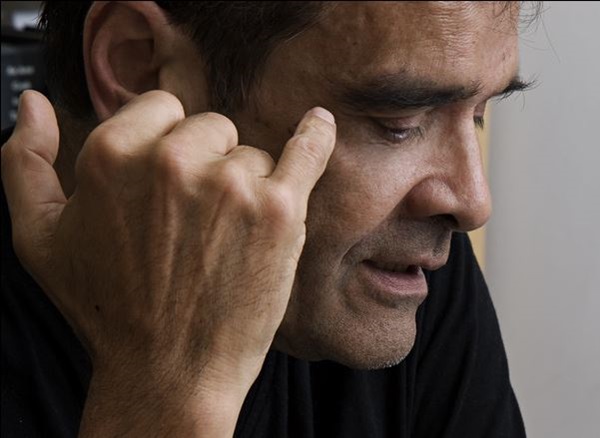Art & Exhibitions
Watch Harun Farocki Explain His Final Solo Show


Ben Davis

The German filmmaker Harun Farocki, who died this week, left behind a sprawling body of work, with a particular interest in how cinematic images function—and don’t function—as propaganda, as evidence, as instruments. He was nothing if not attentive to the many mutations of visual culture though, and his final solo show at Paris’s Thaddaeus Ropac in January of this year explored videogames with the same combination of intellectual discipline and mystery.
The four-part suite of films, Parallele I-IV (2012-14), amounts to a wide-ranging history of computer graphics, from the primitive side-scrollers like Pitfall to absorbing contemporary blockbusters like Red Dead Redemption, reading them through theater, mythology, and of course cinema. “I’m trying to look a little bit at stylistic changes which can be compared to stylistic changes in the short history of cinema,” he explained.
But—fittingly perhaps—Parallele also served for Farocki as closure of a certain set of concerns that had preoccupied him during his four-decade career. “The era of reproductions seems to be over, more or less,” he said in a video accompanying the show, “and the era of construction of new worlds seems to be somehow on the horizon—or not on the horizon, it is already here.”
The interview is well worth watching to give a sense of the direction of this important filmmaker and thinker’s interests.
Watch it below: